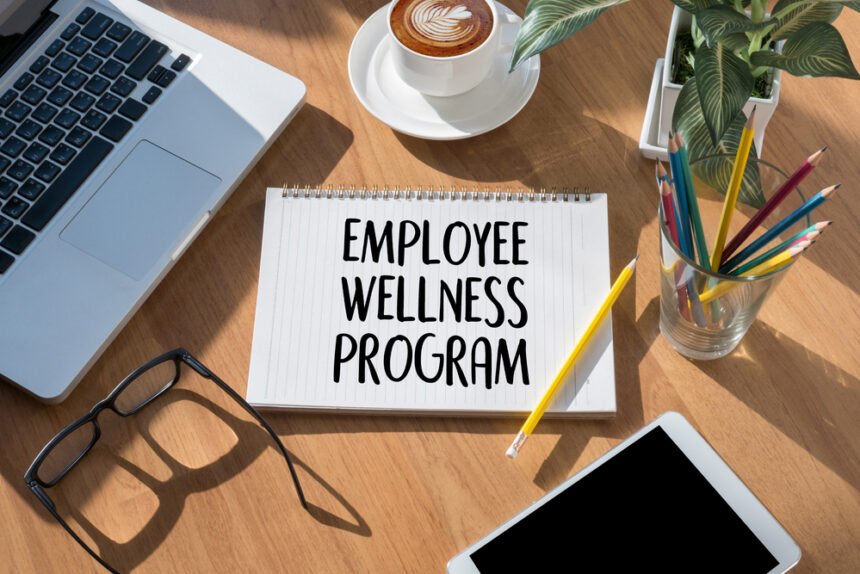Having an appropriate health and safety policy in place has become standard practice. Maybe you’ve always dreamed of running your own company. Now you’ve finally managed to make that dream come true after years of struggle and dedication. Needless to say, the last thing you want is for one of your employees to get injured on the job.
However, every job carries some level of risk. Yes, some are inherently more dangerous, but even someone with a desk job at a regular office could trip and fall on their way to the coffee machine. There’s always the possibility that one of your employees will be involved in an accident, which could have serious consequences for you as their employer.
Putting employee health and safety-first boosts morale and productivity. If an employee gets injured, they will need to take time off to get medical treatment and recover. Their tasks will have to be passed on to the other employees. But they already have their own work assignments, so you can expect a drop in productivity, even in the best circumstances. If this becomes a common occurrence, these unplanned absences can trap your business in a vicious circle and increase your turnover rate.
An effective health and safety program will raise your long-term profitability because your team will be more motivated and productive if they feel they work for a company that respects them and cares about their well-being. But it’s not enough to simply print some rules on paper and hand them out. You need employee engagement that can only be achieved through clear and open communication. They need to understand how health and safety policies benefit them to ensure that they actually follow the guidelines. Employees who are disengaged and poorly informed can be a company’s biggest liability.
As their employer, it is your legal obligation to protect their health and safety by taking the necessary precaution. Failure to fulfil this obligation can result in lawsuits, investigations and penalties, which can be very damaging to your reputation. You can learn more about the legal ramifications of occupational accidents and injuries by visiting UKLaw.co.uk.
Any company that employs people in the UK must follow a set of official health and safety guidelines. In the past, a lack of regard for these matters was all too common. People had to work in overcrowded factories using dangerous equipment and following completely inadequate procedures. As you can imagine, this resulted in many accidents, which prompted the policy reforms that put an end to these practices.
Health & Safety Legislation in the UK.
The UK Health and Safety at Work Act 1974 guarantees people’s right to work in a safe environment. It includes regulation pertaining to training, welfare provisions and monitoring the working environment. Employers are given a set of specific measures they need to implement in order to minimize the risk of accidents, injuries and illnesses. Their responsibilities also extend to indirect staff members as long as they are on the premises. Regulations are stricter in sectors with higher risks, such as agriculture, construction, manufacturing, defence, and forestry.
The Workplace (Health, Safety, and Welfare) Regulations 1992 expand on previous legislation by establishing requirements for proper lighting and ventilation, as well as washing facilities, workspaces, and break areas.
The Display Screen Equipment (DSE) Regulations 1992, as amended in 2002, apply to workers who spend more than one hour a day working with DSE, such as computers, laptops, and smartphones. Employers must adhere to protocols designed to safeguard DSE users against potential health risks. These protocols include evaluations of DSE workstations and auxiliary equipment, as well as regular breaks and covering the cost of eye examinations upon employee request.
The Management of Health and Safety Regulations 1999 focus on the value of risk evaluation and clarify the employer’s legal responsibilities and how to comply with them. For example, businesses with five or more workers are required to conduct regular risk assessments, documenting any relevant finding such as problem areas.
Employers are required under RIDDOR – Reporting of Injuries, Diseases and Dangerous Occurrences Regulations – to report certain types of accidents, injuries or illnesses such as fatal and non-fatal injuries, occupational diseases, accidents involving gasses and accidents requiring more than seven days off work.
The 2007 Construction (Design and Management) Regulations are directed specifically at construction work. They provide fundamental health and safety regulations, as well as a provision stating that everyone on the construction site is responsible for enforcing safe work practices. This encompasses contractors, designers, workers, and clients.
The Work at Height Regulations 2005 provide regulations that address the inherent hazards of working at height. They mandate mitigating risk by pre-planning and giving workers proper safety equipment and training.
The Importance of Health and Safety Policies
Health and safety programs protect people against work-related accidents, injuries, and illnesses, while also shielding employers against sanctions and litigation. Incidents caused by an employer’s failure to enforce adequate policies can go public, destroying their company’s reputation, making it extremely difficult to attract investors, clients and future employees. Even though developing and implementing these programs requires time and financial investment, not having them comes at a much greater cost.
As we’ve mentioned in the introduction, slips, trips, and falls can happen in any type of working environment and can lead to injuries to the back, neck, and head. They’re common because they’re the hardest to prevent, usually being caused by poor lighting, obstructions on the walking paths, slippery surfaces and unsecured cables or carpeting. The main cause is the failure of the employer to mitigate these risk factors, and they’re most frequent in places where workers are kept under pressure to meet unrealistic performance targets.
Lifting, handling and carrying large items are also common causes for accidents and injuries. To prevent them, employers have to invest in adequate equipment that minimizes the risk for staff members and provide them with training.
Jobs that involve repetitive motions such as manufacturing expose workers to the risk of developing musculoskeletal disorders, compromising not only their ability to work and make a living but also everyday tasks in their personal lives.
Finally, and perhaps most importantly, you promote occupational health and safety because you have a legal duty to do so. While benefits such as boosting morale, engagement, and employee satisfaction, as well as attracting talent, investors, and clients, can be powerful motivators, your main concern should be your commitment to be an employer with a well-managed business that takes responsibility for his employees.








